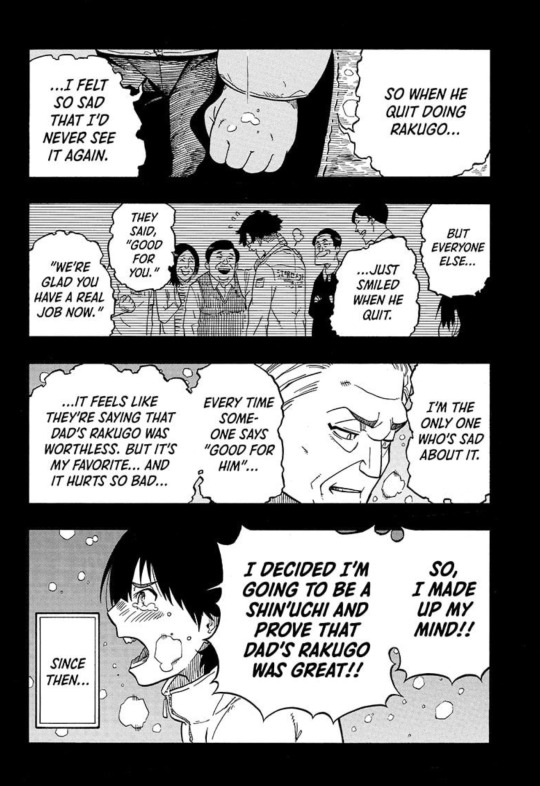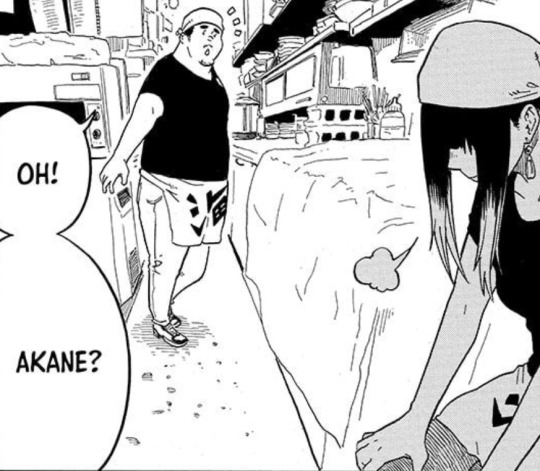#apparently english doesn't even have an established term for them so i'm not that surprised
Text
Koko the gorilla didn't know ASL but, like, you could say that without invalidating the existence of speech-supporting signs
#apparently english doesn't even have an established term for them so i'm not that surprised#but basically for many people with severe intellectual disabilities using individual signs without the proper sentence structure#that is obviously a part of sign languages#is a very important part of communicating#so yeah please criticize the gorilla and her handlers i literally don't care but there are actual people who actually use singular signs#and while it is not asl it's still important and it's still communication#edit:// and obviously it's not just people with intellectual disabilites; that's just the group i'm the most familiar with#but for example many non-verbal autistic kids use speech-supporting signs#and for them it's a very important part of communicating what they need#so idk stop acting like sign languages are the only languages on earth#where saying ''hunger eat food hunger'' doesn't communicate that you're hungry
817 notes
·
View notes
Text
Akane Banashi Volume 1: On That Day

I'm both surprised and almost a little saddened that Akane Banashi is the first Rakugo manga I'm reading officially in English. Now, that doesn't mean I hate Akane Banashi, but my heart was stolen by a story about a girl(s) performing Rakugo a decade or so ago now with Joshiraku. Seriously, you should check it out (as well as Shouwa Genroku Rakugo Shinjuu, the anime is outstanding. I'm yet to read the manga, which is available in English print). In spite of that immutable number one (and two) spot, Akane Banashi breaks into the English market as a first-time experience for many readers with Rakugo. Because of that, I feel like there's a lot to discuss, both as a story, and a manga that attempts to depict the very idiosyncratic practice of Rakugo.
So, what's Akane Banashi about? Well, as the name denotes, it's a story about Akane, our main character. Just to offer a quick aside with a question first: what's the difference between 'Banashi' and 'Monogatari'?
Great thing to ask! Banashi is typically reserved for Rakugo stories, while Monogatari is used for general purpose storytelling. It's a nice little nod to the purpose of this manga.
Anyways, we're following Akane on her journey to become a Shunichi, the highest level of Rakugoka (a person that performs Rakugo) after her father was expelled from his school six years prior. It's a solid idea that builds upon feels of frustration, regret, and comeuppance, but one that I think may suffer from nearsightedness. Only time will tell however, so let me get into the details!

The story is established quite well, as we plant the seeds of Akane in her childhood to allow them to grow. It tackles her nature as someone that refuses to stand for mistreatment or twisting of the truth, and will confidently stand her ground in those moments. While some might not be all ears for this prologue aspect, it sets up the justification for Akane's actions quite well as she enters the Rakugo world to effectively clear her father's name. Do I think it could have been handled better? Definitely, yes. However, for a first-time author and second-time artist, I think the choice in brevity was a good idea.
Moving into the present, we breeze through characters and performances rather quickly here and there, and get introduced to a whole host of characters along the way. I really like that they establish the scope and scale of Rakugo early on so that we're not stuck in a vacuum in regards to it. Other performers and schools are shown, how their relationships and the business of it works, so on and so forth. The breadth of Rakugo on display is solid in that sense, and is nicely complimented by a handful of characters that exist adjacent to that world.
However, if there's a complaint to be levied with the characters, then there's actually two (I lied about there being one). The first, Shinta/Tooru is not present active in the present tense of this first volume. The second, the existence of any long term female cast members is not apparent. The latter isn't as bad as the former since it's just the first volume, but the first issue feels like an oversight in regards to Akane's character. She mentions her frustration in regards to her father's expulsion in flashbacks, and her mentor/teacher Shiguma expresses his regret in the present, but despite that Shinta is not a sore spot for Akane in the present. His name doesn't dance upon her lips, nor does his past give her pause. For someone driven to do this because of her father, it feels odd to have such a vacancy in his daughter's foray into Rakugo.

Let's take a closer look at Akane as the leader character. I really like her energy, that tenacious disposition is a great angle to view Rakugo and her journey through, and you might even argue it's almost a necessity to really sell her story. But I also think bringing so much heat makes it easy for things to boil over. Her frustration and dedication end up finding ways to hold her back, not in the moment or the experience where she needs to be (that's well done), but rather after the fact where everything should be clear. The best example is when her senior under Shiguma, Kyouji, gives her feedback on how to cater to her audience. She doesn't really grasp the significance of his words, and makes the same mistake when working under an Izakaya (essentially a pub). Making mistakes isn't bad, and both pieces as isolated instances are well done. It's just that the bridge between them doesn't match up. Akane's response to Kyouji's feedback doesn't match up with where she ends up in the Izakaya.

Well, I think I've talked about the more drab broad strokes of the story well, lets talk about the very act of storytelling, that is, Rakugo. As I said earlier it's really well thought out from a technical point. The nature of Rakugo is established, the details in terms of business, practice, and the greater world of Rakugo are fleshed out as well. The biggest thing I feel that it's missing in terms of Rakugo is the experience. The feel of it, the flow, the vibe, the very core of it. The expressions (really good) and some of the visuals reflect that, but it's always interrupted. It's hard to fully grasp the nature of Rakugo and how it appears to viewers of it. Just what that experirence is like when it's a single person sitting on an otherwise empty stage telling a story involving countless characters and settings. Just for reference, I highly recommend this documentary/performance uploaded by The Japan Foundation to understand what Rakugo really is.
youtube
And now, into the home stretch: the art. The artist is somewhat experienced with middle of the ground results. I don't expect anything out of this world from them. The character designs are solid and creative, and the art is expressive enough to get some of the key points across.
One thing I just don't like however is the use of white/negative space around the characters to make their placement/layering easier. I just really dislike how it impacts the overall art and the feel of it since it separates characters from their environments.

The biggest challenge with the art though is that it can really sell this story short sometimes. It can find the right character expressions and what not to wear, and has pretty alright character acting in that regard, but it's missing the most important piece: fluidity. Much in the way that Rakugoka must fluctuate between several characters and a narrator, the art should reflect that. But it doesn't. The art style, the line weight, the shading and hatching, even the paneling. None of these pieces reflect the differences and idiosyncrasies of the Rakugoka (aside from Kaisei in one instance), and I think even worse is the potential for a rut in terms of the limited expression we have. The overlay/superimposition certainly has its places, but when used as the only way to interact with the story being told it will find a way to stagnate very quickly.
So, from the top. I think there's potential. I mean, it's a female lead shounen series about Rakugo. Obviously it's good enough to have lasted as long as it has and to get an English release. It's just whether or not it has the ability to live up to the potential that rests within the series. The story shows immediate promise (if not with a fork in the road in the further future), the characters are well established and varied, but the art and expression of the series places a firm limiter on these aspects. I'm hopeful to see the chains slowly loosen as the series goes on though, so that we can see the full potential of Akane Banashi.
#akane banashi#あかね噺#akane osaki#rakugo#manga recommendation#manga reccs#manga review#anime and manga#manga#Youtube
6 notes
·
View notes